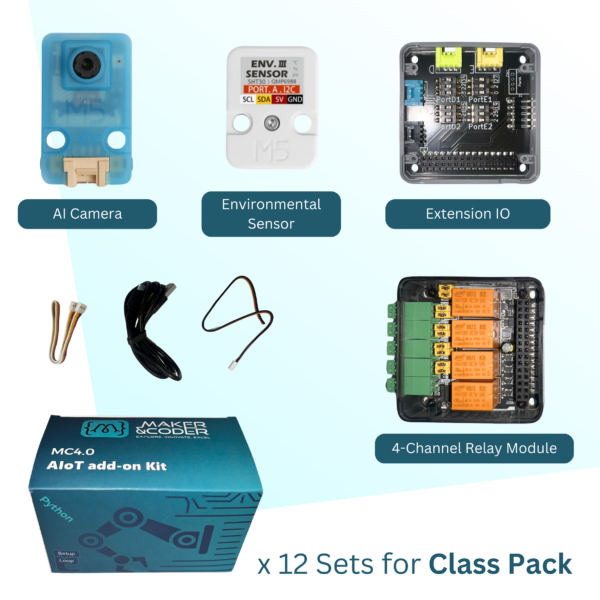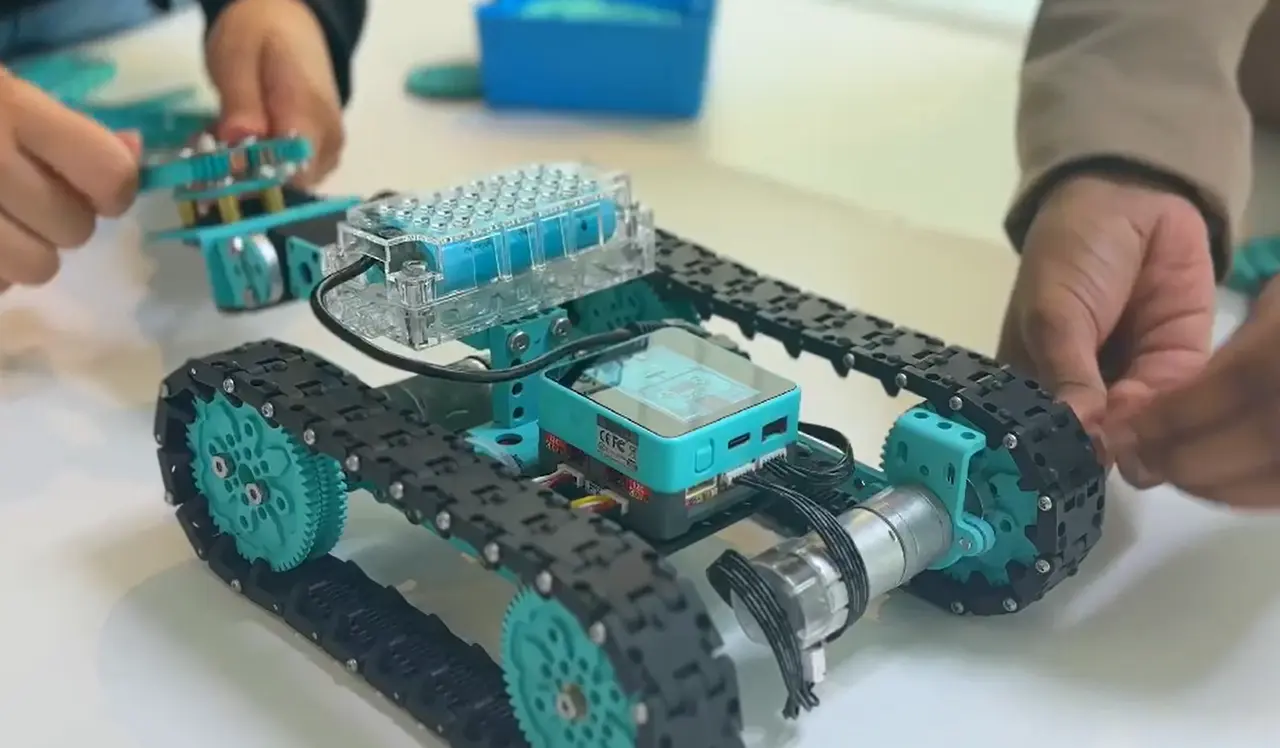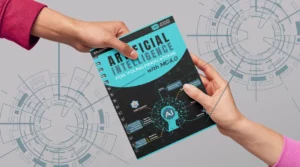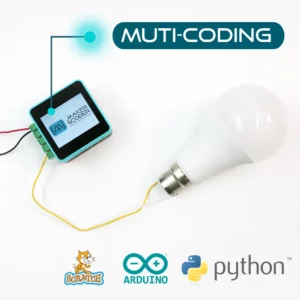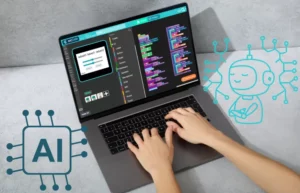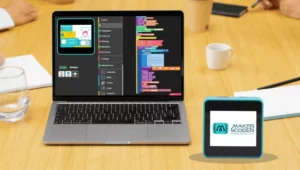In recent years, the integration of Artificial Intelligence (AI) into various fields has transformed traditional methodologies, making way for innovations beyond imagination. One such field experiencing a paradigm shift is STEM education. By harnessing the power of AI, educators and learners alike are uncovering new possibilities for more dynamic, personalized, and impactful education.
Understanding AI’s Role in Modern Education
AI has made significant strides in various sectors, but its influence on education, particularly STEM education, is profound. AI offers tools that facilitate deeper understanding of complex concepts, adaptability to different learning speeds, and creation of immersive learning environments.
The integration of AI into curricula enables educators to utilize advanced data analytics to uncover insights that were previously unattainable. AI systems can identify specific areas where students excel or struggle, allowing teachers to customize lessons to better suit each learner’s individual style. This adaptability not only promotes better understanding of material, but also fosters a culture of continuous learning and self-improvement. Beyond personal customization, AI-driven technologies can democratize access to high-quality education resources, leveling the educational field across different socioeconomic backgrounds.
Moreover, the combination of AI and robotics in classrooms creates vibrant and engaging learning environments. These technologies offer students hands-on experiences that reinforce theoretical knowledge with practical applications, fostering both innovation and exploration. Robotics and AI integration is paving the way for rich, interactive STEM education, laying the foundation for students to become adept at navigating and contributing to the future’s tech-driven economy.
Personalized Learning Experiences with AI
One of the most powerful aspects of AI in education is its ability to personalize learning. By analyzing data on student performance, AI systems can tailor educational content to meet individual learning needs, ensuring that no student is left behind and everyone learns at their own pace.
Personalization extends beyond mere content adaptation. AI can create learning environments that adjust in real-time, accommodating learners as they progress, and altering challenges based on their proficiency. This dynamic approach contributes significantly to student engagement and motivation. Imagine AI as a personal tutor, constantly monitoring progress and providing instant feedback. Such systems not only highlight areas that require further study but also foster a sense of achievement by repeating topics until mastery is achieved—a strategy that has proven to enhance learning outcomes significantly.
Furthermore, personalized learning paths built using AI analytics empower students to explore subjects with greater depth and enthusiasm. AI facilitates differentiated instruction, where learning is aligned with interests and strengths, fostering a more inclusive and supportive educational environment. The potential for such personalization bridges educational gaps across different communities, ensuring equality in learning opportunities and equipping every student with the skills needed to thrive in an increasingly digital world.
AI Tools Transforming STEM Classrooms
AI tools such as virtual labs, intelligent tutors, and automated grading systems are revolutionizing the classroom experience. These innovations allow students to engage with material interactively, receive instant feedback, and free educators to focus more on student interaction and guidance.
The transformation is evident in classrooms where AI-powered tools are employed to simulate real-world challenges in virtual settings. Virtual labs replace the limitations of physical resources, allowing endless experimentation, which is essential in scientific and engineering education. Students can experience intricate processes, such as chemical reactions or engineering prototypes, safely and comprehensively, outside the constraints of traditional labs. This approach not only stimulates curiosity but also builds robust analytical skills necessary for the STEM fields.
Automated grading systems relieve teachers from time-intensive assessments, extending their capacity to engage directly with students. By utilizing AI solutions that can evaluate assignments instantaneously, educators can spend more time on interactive teaching and scaffolding critical thinking skills. Additionally, AI-driven analytics highlight student performance trends, enabling teachers to pinpoint instructional interventions precisely where needed, thus optimizing educational outcomes. The ability of AI to complement advanced learning tools reiterates its transformative role in modern STEM education.
Challenges and Considerations in AI Integration
While AI presents exciting opportunities, it also poses challenges. Issues such as data privacy, the digital divide, and the need for teachers to be trained in new technologies must be addressed to effectively integrate AI into STEM education.
Data privacy remains one of the foremost concerns associated with AI integration in education. As AI systems require vast amounts of data to function optimally, ensuring that this data is protected from misuse is paramount. Educational institutions require robust policies to safeguard student information to foster trust and promote responsible AI use. Schools need to actively engage in dialogues about the ethical implications of data use and adopt technologies that prioritize privacy and security.
The digital divide exacerbates educational inequalities, with disparities in access potentially limiting AI’s benefits. Ensuring equitable access to AI resources necessitates proactive measures to supply necessary infrastructure and training in underprivileged regions. In parallel, scaling professional development programs for teachers is critical. Educators entering classrooms dominated by AI tools must understand their function and potential, integrating them seamlessly into pedagogy. This dual approach of infrastructure and training will be vital for addressing the challenges posed by AI in the educational sector.
Future Prospects of AI in STEM Learning
As AI technology continues to evolve, its potential applications in STEM education grow exponentially. Future advancements could lead to even more integrated and intuitive forms of learning, preparing students for a future where AI is an integral part of their professional lives.
The future of AI in STEM entails seamless integration, where AI doesn’t just support learning but becomes an invisible facilitator that enhances the educational journey. Predictive analytics could pre-emptively identify learning hurdles, revolutionizing intervention strategies and increasing overall educational efficiency. Moreover, AI is foreseen to drive innovations such as adaptive learning environments that evolve with student growth. This potential not only promises highly personalized educational experiences but also real-time adaptation to societal and technological shifts, keeping STEM curricula relevant and forward-thinking.
The intersection of AI, robotics, and IoT (Internet of Things) could innovate interdisciplinary studies, creating unified platforms for learning science, technology, engineering, and mathematics through harmonized projects and problem-solving initiatives. As we embrace these advancements, our role will be to ensure that educational systems remain agile and responsive, equipping future generations with skills essential for navigating and shaping the future landscape of technology-driven economies and societies.
The Future of STEM Education
Embracing AI in STEM education is not just about adopting new technologies, but reimagining the way education can empower the future. As educators, institutions, and policymakers invest in AI-enhanced learning experiences, they enable students today to become the innovative leaders of tomorrow.

